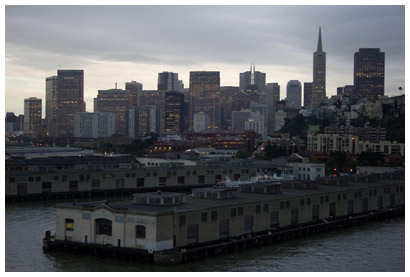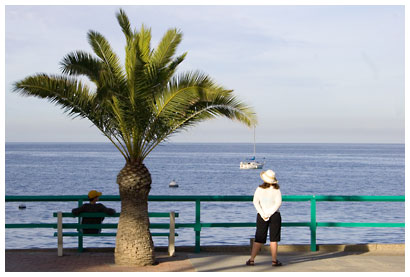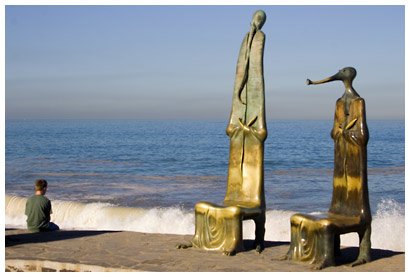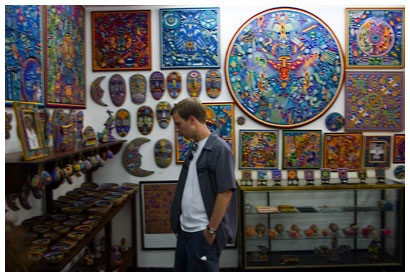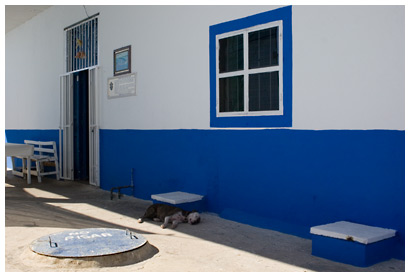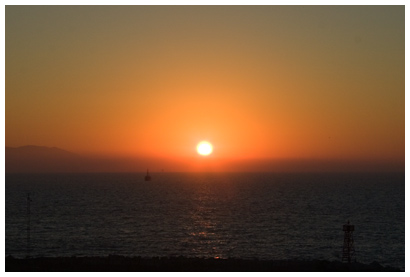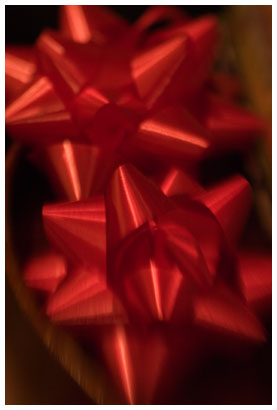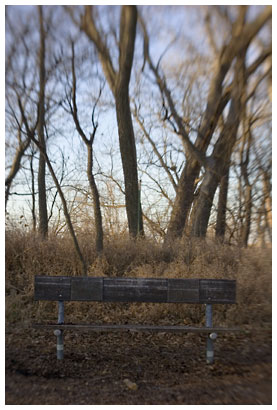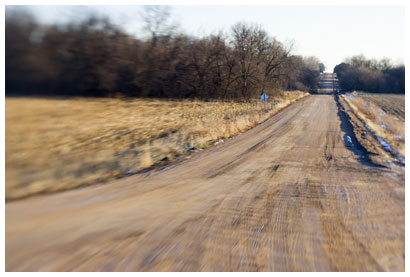I'm not sure how I got suckered into public speaking the first time. I know I spoke about
Amazon Hacks at the Emerging Technology Conference in 2003 (
my post about speaking), I spoke on two panels at South by Southwest in March 2004 (
my pre-trip post), and I was on a panel about weblogs (
my announcement) in May of 2004. Those initial forays into the world of public speaking were all very painful, but they were great lessons. The old cliche is that most people are more afraid of public speaking than dying, and I wouldn't go that far. But public speaking is a close second for me.
I've read many books in the past few years trying to overcome my fear of public speaking. Most of the books have been embarrassingly bad—I'm looking at you
Dale Carnegie. But I thought I'd share one book that was useful.
Act Natural by Ken Howard helped me view public speaking as telling personal stories rather than relating information. It's a subtle shift in thinking, but it's helped me organize my thoughts into something I can share.
In addition to the public speaking side of things, I've read quite a few marketingspeak-laden books about putting together PowerPoint presentations. The $7 I invested in Edward Tufte's
The Cognitive Style of Powerpoint has payed off more than all of the marketing books combined because it completely destroyed everything I knew about PowerPoint. Then I picked up
Beyond Bullet Points by Cliff Atkinson and sort of re-built a PowerPoint grammar that I feel works better than reading slides. Like Howard, Atkinson stresses telling stories over relating information, and using PowerPoint as a visual backup rather than an information delivery device.
Oh, and watching great speakers has been helpful to me. Whenever I see a great presentation at a conference, I try to note what I liked about it. I saw Jeff Veen speak at
Webvisions 2003 and he's a natural on stage. Definitely check out his
Seven Steps to Better Presentations—I refer to these quite a bit whenever I'm going to speak.
I've been asked to speak a few times this year, and I see more public speaking in my future. I don't do it very often, but I am going to be speaking at a one day conference called
Online Northwest here in Corvallis in February. I always ask myself how I get suckered into public speaking as the date approaches, but once a talk is over I find that I enjoyed putting the talk together and that I learned a little bit more about speaking for the next time.

